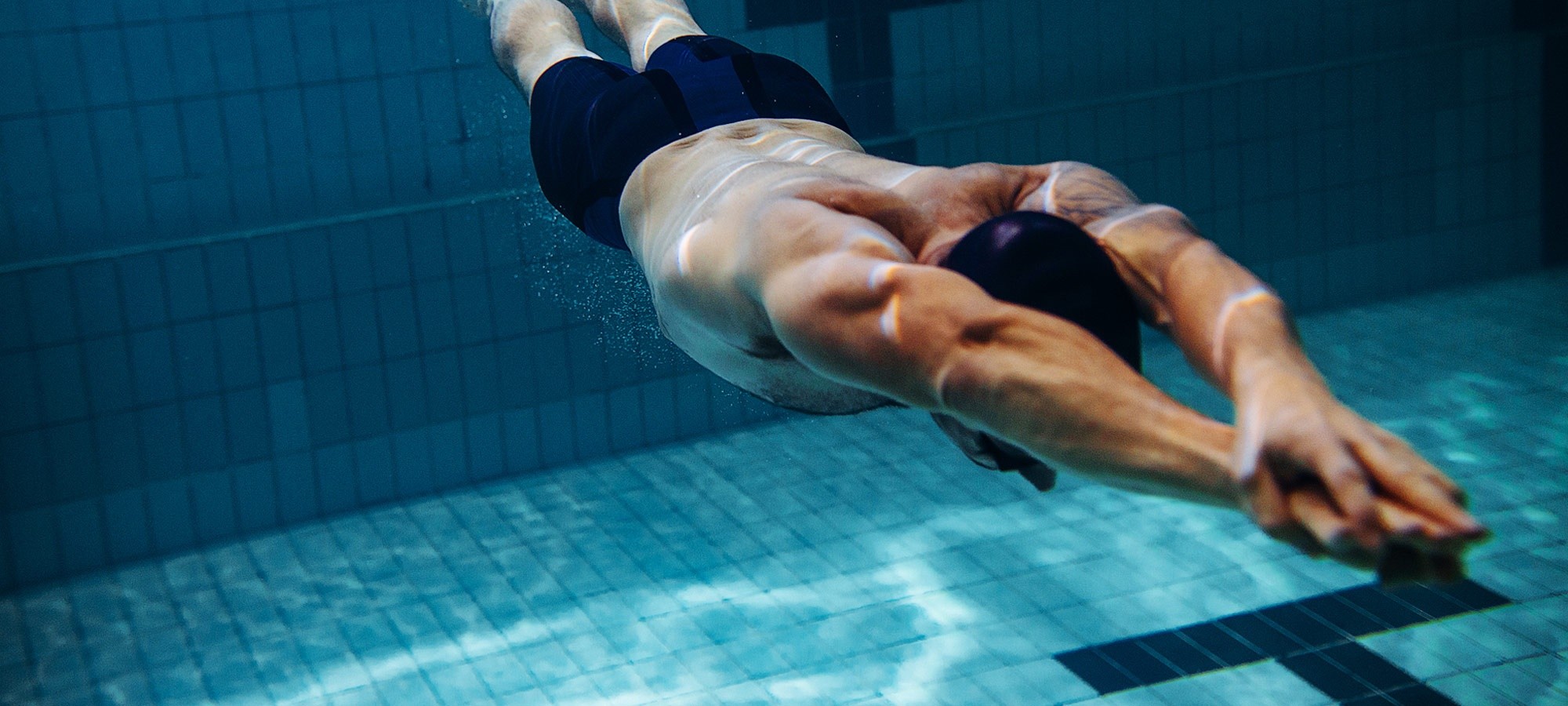There is no question that pumps can be one of the most expensive parts of your annual running costs, so it’s important to understand what this technology is and how it could save you some serious cash.
If you are knee deep in research on what pump you should be installing on your swimming pool, then no doubt you would have come across the term Variable Speed Pump.
Traditionally, a pool was plumbed with a single speed pump which runs on maximum speed whenever your filtration system is running. If you put that into terms of power, that means the pump is using 100% of its capacity, drawing all the electricity it can, to produce maximum water flow and volume.
But what if you didn’t need maximum flow and volume all of the time? It all seems a bit wasteful!
Doesn’t it make sense that if we could reduce the speed/RPM’s of the pumps motor, which would therefore reduce water flow, then we could:
1. Reduce our energy consumption and save on electricity bills
2. Stop being such large and unnecessary emitters of green house gases
3. Improve the pools overall filtration
If your thinking went to, ‘if I reduce my water flow then won’t I have to increase my running hours?’ The answer is yes, but the power needed to run a Variable Speed Pump at a lower RPM, is far more efficient then running a single speed at maximum RPM for a shorter period of time. In fact, when you reduce the RPM’s of the Variable Speed Pump, the flow does not decrease accordingly. Therefore, if you reduce the RPM (power consumption) of the pump by 85-90% the flow only decreases by 50%! How good is that!
What Savings Will I Make?
As a rule of thumb, if you can run your pool pump on low speed for the majority of the time, then you could reduce your power bill from $1000 to $1200 a year, to about $200 to $300. A very impressive saving of up to $1000 per annum!
Although the Variable Speed Pumps do cost more up-front, it is clear that savings are often made within the first one or two seasons.
What Size Pump Do I Need?
To determine what size pump you require, water turnover needs to be calculated as this is the measurement of how much water is passed through your filtration system in a given period of time. As mentioned, with a Variable Speed Pump you will have to run it for slightly longer to achieve the required turnover of your pool water per day (minimum 1.5 times the volume of pool water). This will most likely equate to a couple of hours longer than you would for a fixed speed pump, but remember with this technology it will still provide you with some big financial savings.
How Do I Work Out My Water Turnover?
There is a general acceptance of a water turnover rate of 4 to 6 hours for domestic swimming pools. To workout out your pools required turnover rate, follow the below formulas.
1. Turnover time X 60minutes
e.g 4 hours X 60 minutes = 240 minutes
2. Volume of water / Turnover time in minutes = Size of pump required to
e.g 40,000L / 240 = 167 litres per minute
Other Factors to Consider
The flow rate of the water through the pipes in a pool can vary significantly (known as head, or total head).
Depending on the way a pool has been plumbed with regard to the amount of pipe used, the amount of bends, the distance of the pump from the pool and the size of the pipe itself, will affect the flow rate of the water through the pool plumbing. The more back pressure in the plumbing system, the slower the water will flow through the piping, the equipment and the pool itself.
Slowing Your Filtration
With the filtration running longer and slower, it will now achieve excellent filtration as filters in their very nature are designed for low flow. The period of sanitation is also increased, providing a longer period of contact time with the water so the sanitiser is more effective in its delivery to pool water, keeping you and your family safe.









